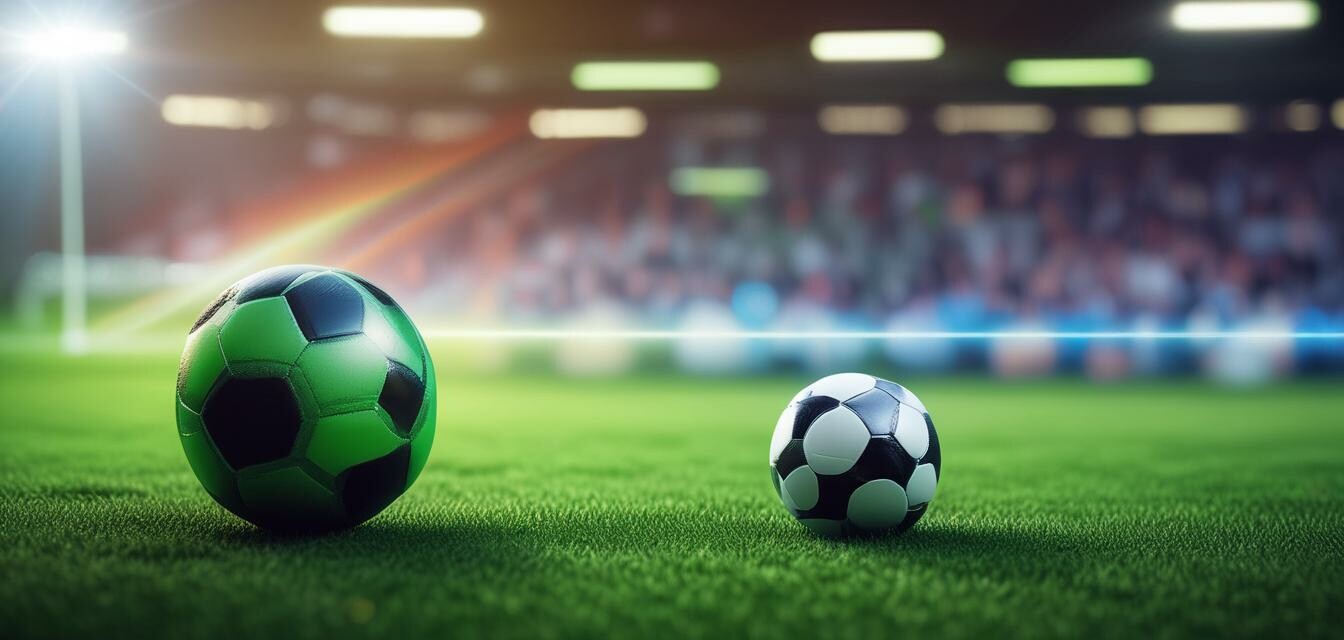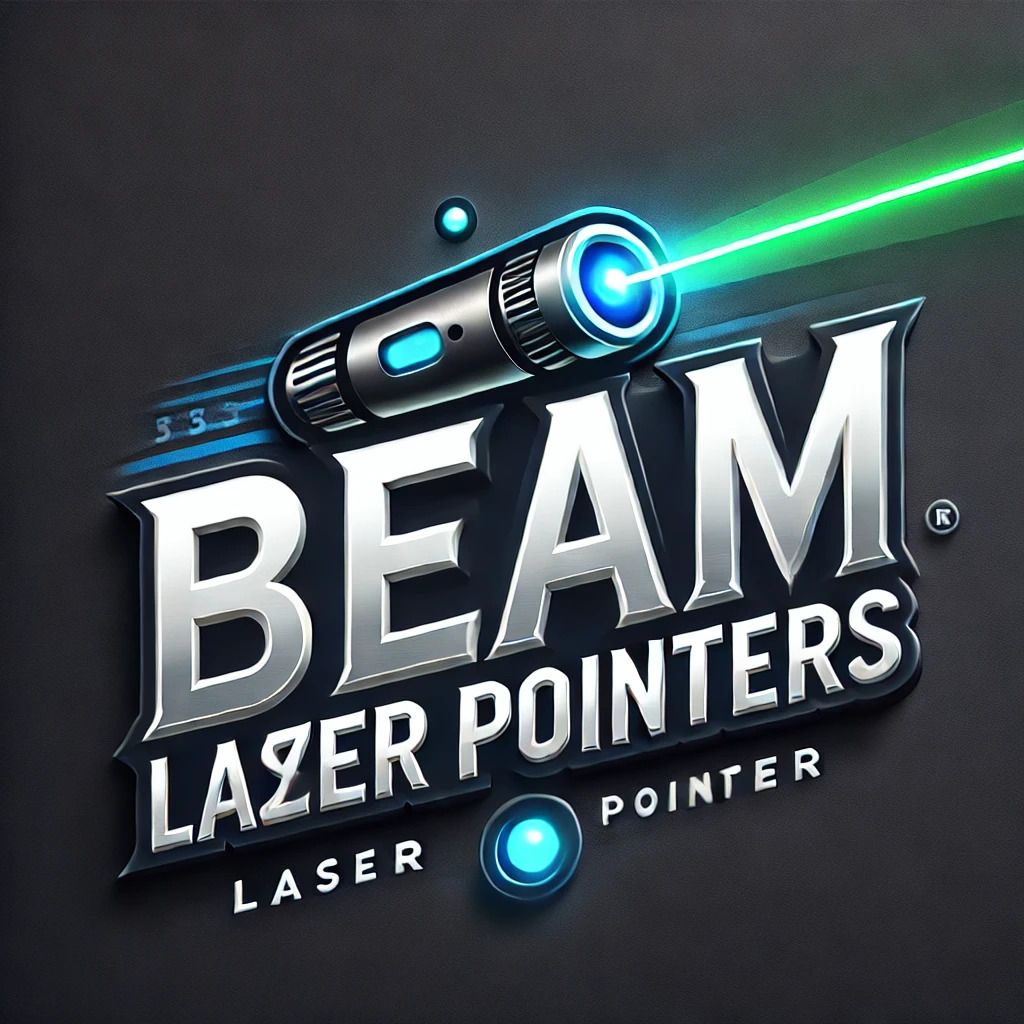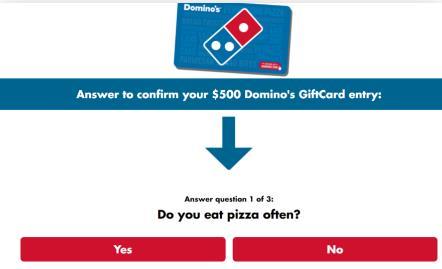
Advanced Techniques for Using Laser Pointers in Sports
Key Takeaways
- Laser pointers enhance focus and precision in sports training.
- They can be used effectively for drills in various sports, including soccer, basketball, and track.
- Understanding safety guidelines is crucial when using laser pointers in any training environment.
- Incorporating laser pointers into your routine can improve your team’s communication during practices.
- Explore multiple applications of laser pointers to maximize their effectiveness in training.
In recent years, laser pointers have transcended their traditional roles in presentations and classrooms, finding new applications in the realm of sports. Whether you are coaching a youth soccer team or training for a marathon, understanding how to use laser pointers effectively can significantly enhance performance and focus during training sessions. This article delves into advanced techniques for incorporating laser pointers into your sports training, providing you with insights and practical tips for maximizing their potential.
Why Use Laser Pointers in Sports Training?
Laser pointers can serve a multitude of purposes within a sports training context:
- Improved Focus: Athletes can better concentrate on specific targets or techniques when visual cues are introduced.
- Precision Training: Laser pointers allow for precise alignment and targeting during drills.
- Innovative Communication: They can help trainers communicate effectively with athletes, especially in noisy environments.
Applications of Laser Pointers in Various Sports
Each sport has its unique practices and requirements. Below, we outline how laser pointers can be integrated into different athletic disciplines:
| Sport | Application |
|---|---|
| Soccer | Directing players' attention to specific areas of the field during drills. |
| Basketball | Highlighting shooting angles for better shot accuracy. |
| Track & Field | Marking running lanes or pointing out focus points during sprinting drills. |
| Tennis | Improving footwork by shining the laser at specific targets on the court. |
| Golf | Enhancing alignment and swing technique by highlighting the target. |
Safety Guidelines for Using Laser Pointers in Sports
While laser pointers are valuable training tools, safety must be a top priority. Here are some essential guidelines to consider:
- Never point the laser at any person's eyes: This can cause harm and distract athletes.
- Use appropriate laser devices: Choose lower-powered lasers for training to mitigate risk.
- Communicate safety precautions: Ensure that all participants are aware of how to safely use and handle the laser pointers.
- Limit outdoor use: Be mindful of sunlight and how it can interfere with visibility.
Enhancing Communication with Laser Pointers
One of the most significant benefits of using laser pointers in training is their ability to enhance communication. Here's how:
- Cueing: Use laser pointers to cue athletes during practice, directing their movements effectively.
- Feedback: Provide instant feedback by highlighting errors in form or technique.
- Visual Focus: Maintain athletes' attention by using a laser to point out key areas while explaining strategies.
Integrating Laser Pointers into Drills
Developing effective drills that incorporate laser pointers can help athletes understand their objectives better. Here are some strategies for integrating lasers into your training regimen:
Tips for Beginners
- Start with simple drills before advancing to complex techniques.
- Involve all team members in practice sessions to promote active engagement.
- Frequent practice will train athletes to respond quickly to visual cues.
- Monitor the reactions of athletes; adjust usage based on their feedback.
Key Techniques for Optimal Laser Pointer Use
To truly benefit from laser pointers in your training, consider these advanced techniques:
- Focus Training: Use the laser to work on focus by having athletes maintain attention on the dot while performing a task.
- Challenge Drills: Escape drills where athletes evade the laser’s beam can help develop quick reflexes.
- Team Coordination: Use multiple lasers for drills that require coordination among team members.
Conclusion
Incorporating laser pointers into sports training offers exciting opportunities for enhancing performance, focus, and communication. By understanding their applications, adhering to safety guidelines, and employing advanced techniques, coaches and athletes can transform their training experience. As with any tool, the effective use of laser pointers is contingent on understanding how to deploy them creatively and safely in a variety of training contexts.
Pros
- Enhanced focus and precision during training.
- Innovative communication and cueing methods.
- Versatile applications across various sports.
Cons
- Potential distraction if not used properly.
- Risk of misuse leading to accidents.
- Variable visibility depending on environmental conditions.
By exploring buying guides or checking out the latest trends in sports training technologies, you can further refine your understanding of laser pointers and their applications. Remember, a well-informed user is equipped to make the best choices for their training regimen!



